Cultures
10 photos of the world’s deadliest natural disasters to date
Since the dawn of time there has been a tug of war between man and nature. Within the last century, millions of humans have died from natural disasters, whether being an earthquake, drought, or a flood. Keep reading to find out about ten of the most devastating natural disasters!
Chinese Floods, 1931
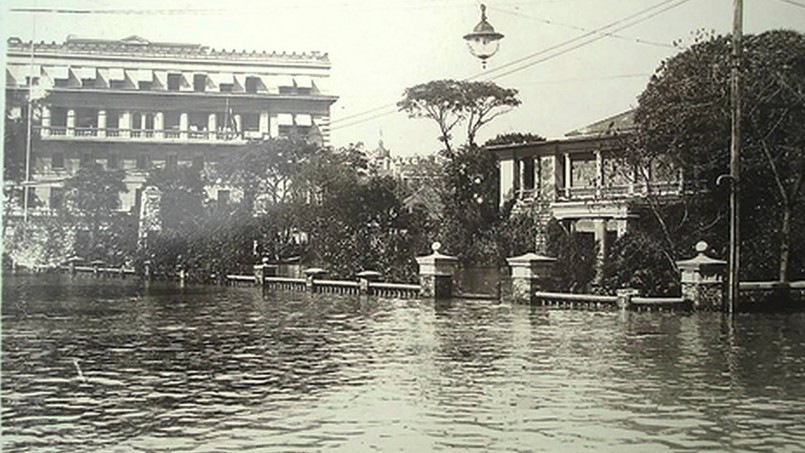
Image: YouTube
In 1931, the Yangtze River overflowed and flooded more than 500 square miles and killed as many as 2 million people and affected the lives of more than 52 million. The region took years to recover from this and it had large-scale political implications that changed the course of China’s history.
Haiti Earthquake, 2010
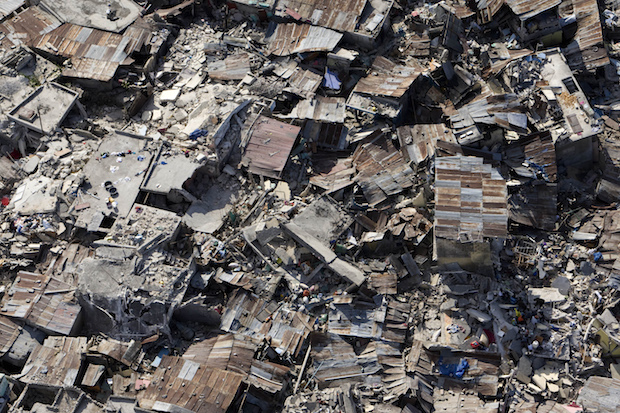
Image: Wiki Commons
January 2010 presented Haiti with a shattering earthquake that killed somewhere around 300,000 people and changed the lives of any survivors. Haiti lacked building codes to protect the structures so the country was completely destroyed after this disaster and required all the international aid it could get to get back on its feet.
Flu Pandemic, 1918
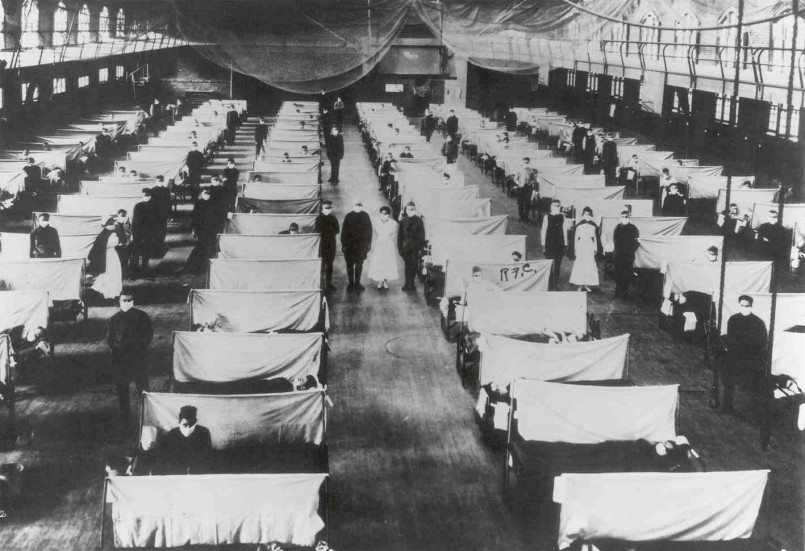
Image: flu.gov
The Flu Pandemic of 1918 could easily be considered one of the most fatal epidemics in all of history. It spread on an international level and killed somewhere between 20 million and 50 million people and came about at the same time as WWI, making its overall impact even more disastrous.
African Drought, 1980s
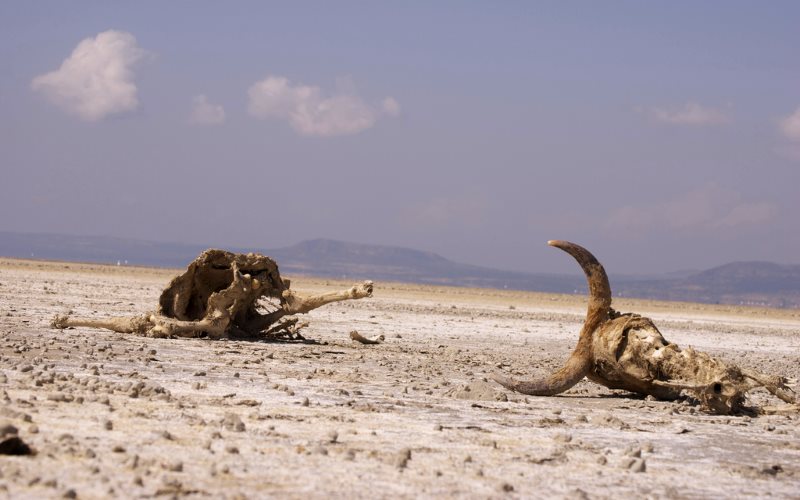
Image: the ecologist
Pollution has a plethora of negative effects but one of the most disturbing was the drought that overtook central Africa in the 80s. The exact number of fatalities from the drought is not exact, but it was several million, hitting hardest in Ethiopia.
Indian Ocean Earthquake and Tsunami, 2004
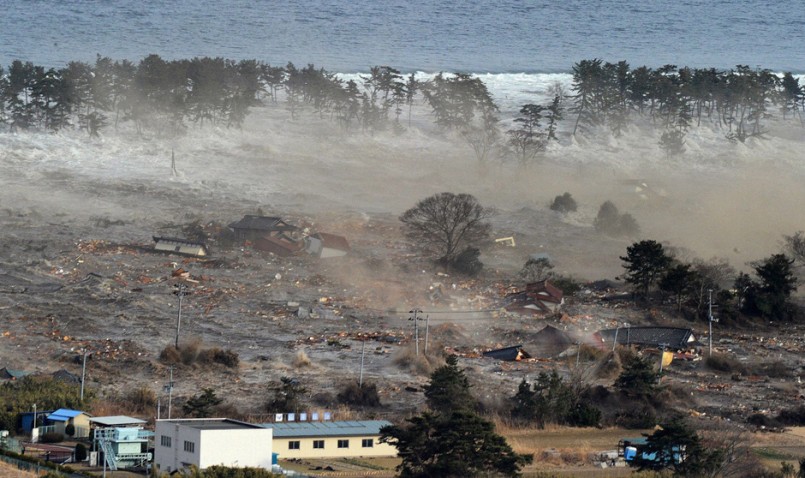
Image: motobar
This tsunami killed more people than any other tsunami has in the entire world. 230,000 people did not survive it and another 500,000 were injured by the strong waves and tremors that hit that area of the world. It started in the Indian Ocean and affected a total of fourteen different countries in its wake.
Cyclone Nargis, 2008
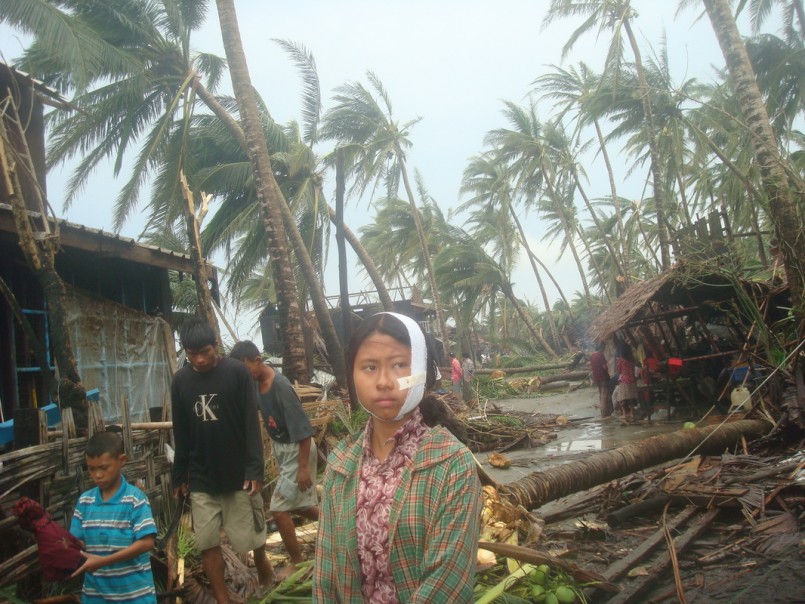
Image: Oxford Burma Alliance
Cyclone Nargis hit Myanmar in 2008 and devastated the country. Around 84,500 were killed and another 53,800 were never found. Those were most hurt by the disaster were farmers living near the Irrawaddy Delta, as their homes were so close to sea level and the cyclone completely drowned them.
Great Kanto Earthquake, 1923
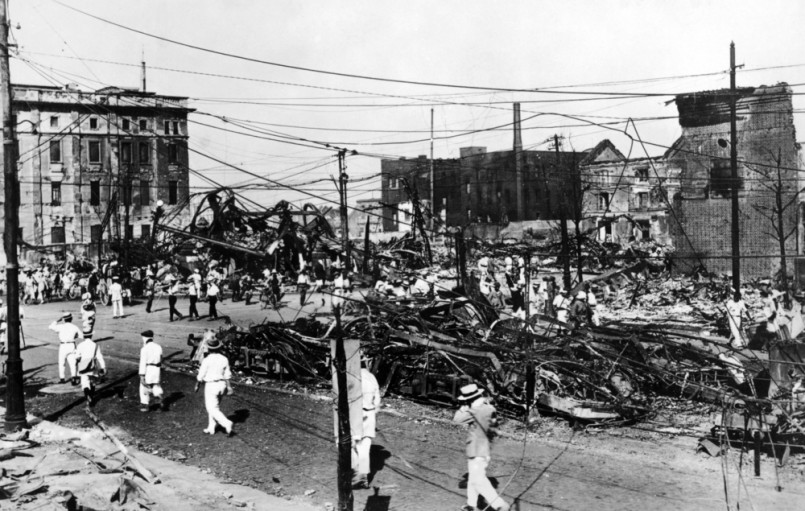
Image: Shutterstock/Everett Historical
Japan’s capital, Tokyo, was completely reinvented after this earthquake of a 7.9 magnitude demolished the city. Around 200,000 were killed and another 2 million were displaced and left in the lurch to survive in the charred rubble. Tokyo is a city very susceptible to this type of disaster and has had no choice but to work around them to be a successful, world-class city.
North Korean Famine, 1990s
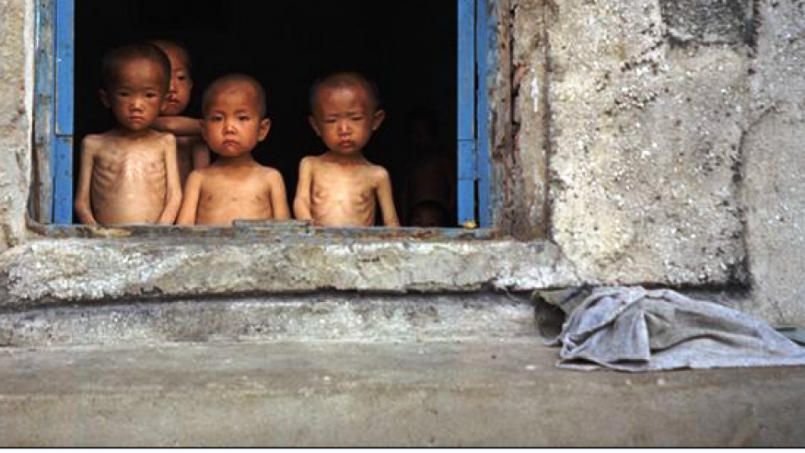
Image: Infinity news network
North Koreans in the 90s suffered a fatal famine that took more than 1 million lives and left many more in extreme hunger. The country has limited fertile land and sufferers from a cycle of floods and droughts, making it a challenge to feed all of its citizens. Furthermore, as a result from North Korea’s political position, other countries are reluctant to come to its aid. There is another deadly famine predicted to happen in the near future that will be on par with this one.
Pakistan Earthquake, 2005
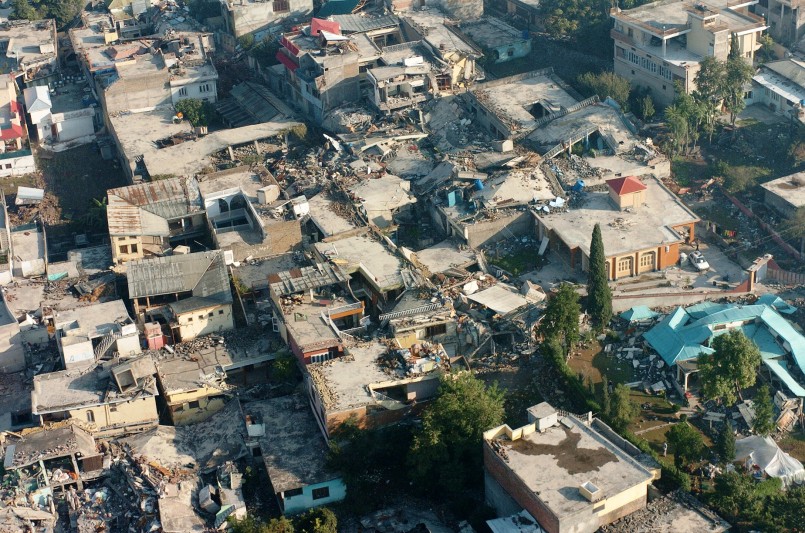
Image: Wiki Commons
Formally known as the Kashmir earthquake, it was one of the deadliest earthquakes known. It killed around 80,000 Pakistanis and even more in neighboring areas of India and Afghanistan. Landslides and falling rocks were also consequences of the tremors, truly devastating the country.
Gujarat Earthquake, 2001
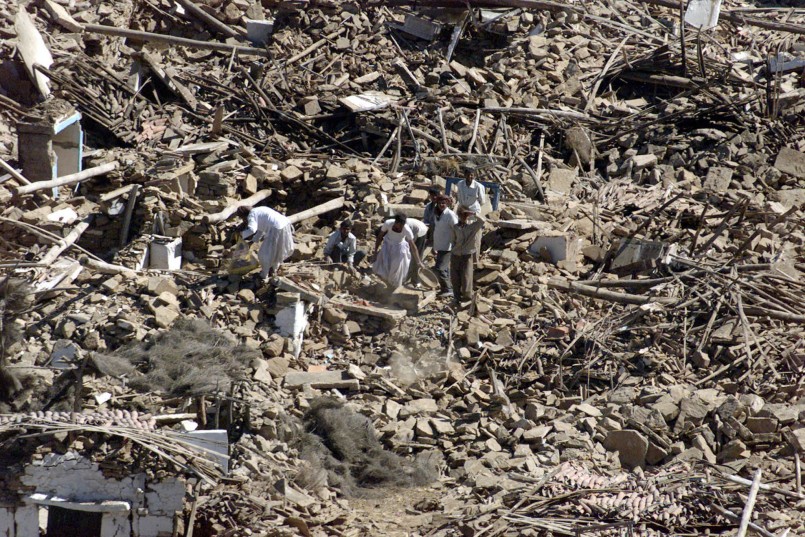
Image: datexaye
One of the most devastating facts about the Gujarat Earthquake is that it happened on India’s 52nd Republic Day. Rather than being a time for celebration, it turned into a time of mourning when the earthquake took the lives of around 20,000 and injuring a further 166,000. It measured a 7.9 magnitude and completely destroyed that part of the country.

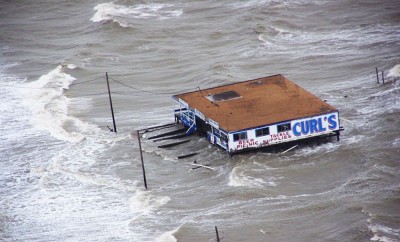

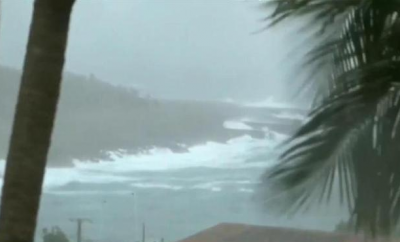

0 comments